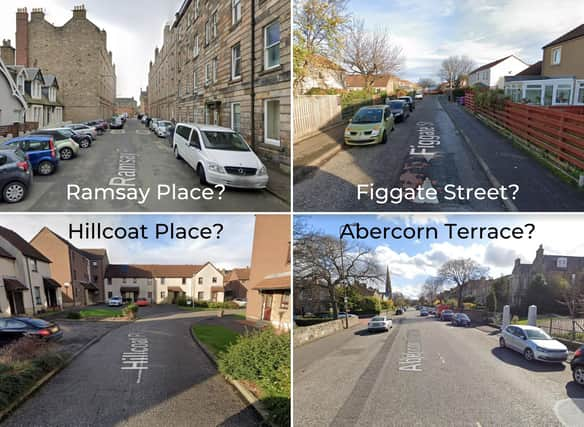Edinburgh has a fascinating history dating back thousands of years, with evidence of a settlement in the Cramond area from around 8500 BC.
The city’s name comes from ‘Eidyn’, the name for the region in Cumbric – the Brittonic language spoken in the Northern England and Lowland Scotland in the Middle Ages.
At this time a stronghold on Castle Rock was called Din Eidyn, literally meaning ‘the hillfort of Eidyn’. As the Scots language evolve d, the Din was replaced by ‘burh’, creating Edinburgh.
And there are plenty more clues to the Capital’s complex past in the names of the streets, roads, and lanes that make up the city, all of which come from a multitude of languages, backgrounds and people.
Previously called Figgate Muir, Portobello got its name thanks to a seaman called George Hamilton who built a cottage on what is now the High Street in 1742.
Hamilton had served under Admiral Edward Vernon when a British fleet of boats attacked and captured the Panamanian port of Porto Bello from the Spanish in 1739.
He named the cottage Portobello Hut in honour of the victory and the name was used for the growing number of homes that began to spring up around it.
Here are the stories behind 10 of the road names in Portobello.
Read more:
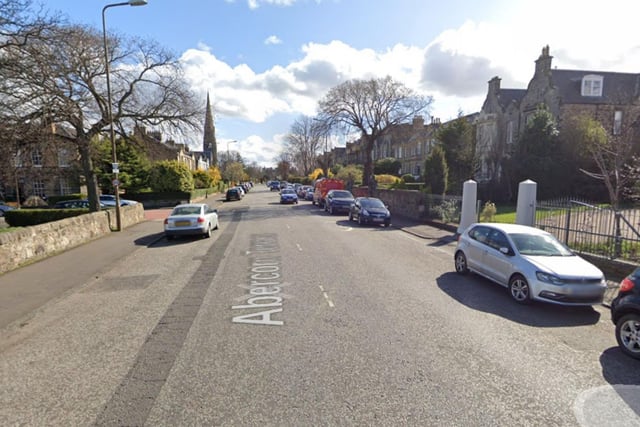
1. Abercorn Terrace
Abercorn Terrace is named after the Earl of Abercorn, whose Duddingston Estate covered a large part of what is now Portobello and its surroundings. The land was bought from the Duke of Argyll in 1745 and Duddingston House, where the Earl lived, still stands today. Photo: Google Maps
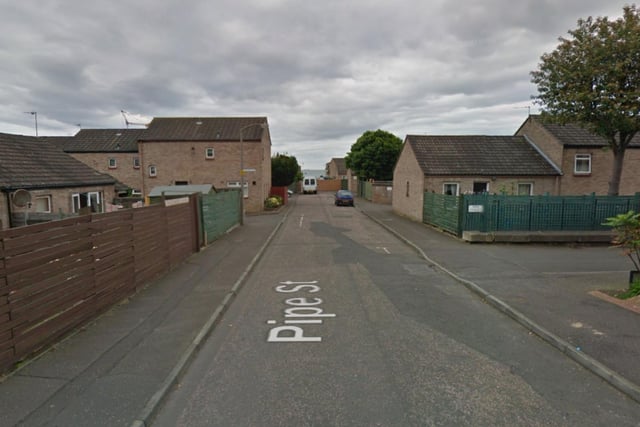
2. Pipe Street
Pipe Street was so named because in the late 18th century brickmaker William Jamieson piped water from the Figgate Burn to a trough in the street to supply his workers' houses. Photo: Google Maps
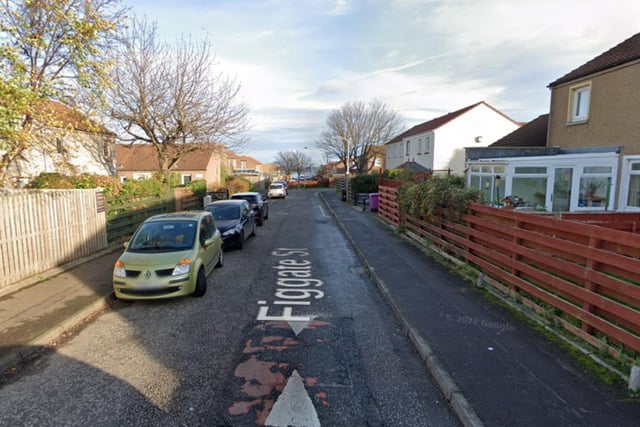
3. Figgate Street
The word Figgate pops up in a number of place names, including Figgate Street. It comes from the old Norse words 'fe', meaning 'cattle', and 'gata', meaning 'way', and refers to the pasture that animals used to graze on before the area became more developed. Photo: Google Maps
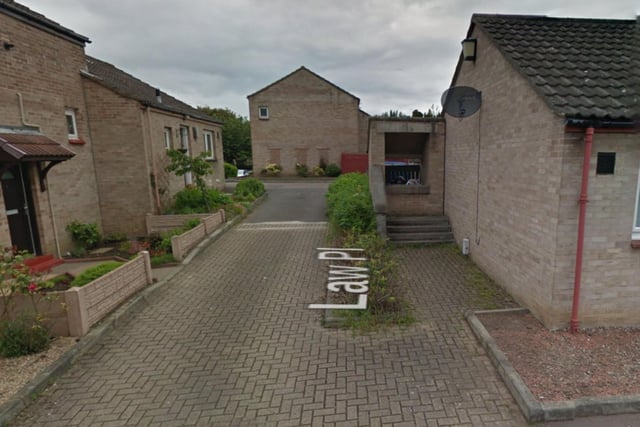
4. Law Place
Law Place is named as it is partly on the site of the Bleak Law - coming from the Old Norse words 'blaik law', meaning 'pale hillock', referring to the sandy hill that was one of the area's most prominent geographical features. In the 19th century it was planted with shrubs, which gave the nearby street of Shrub Mount its name. Photo: Google Maps
